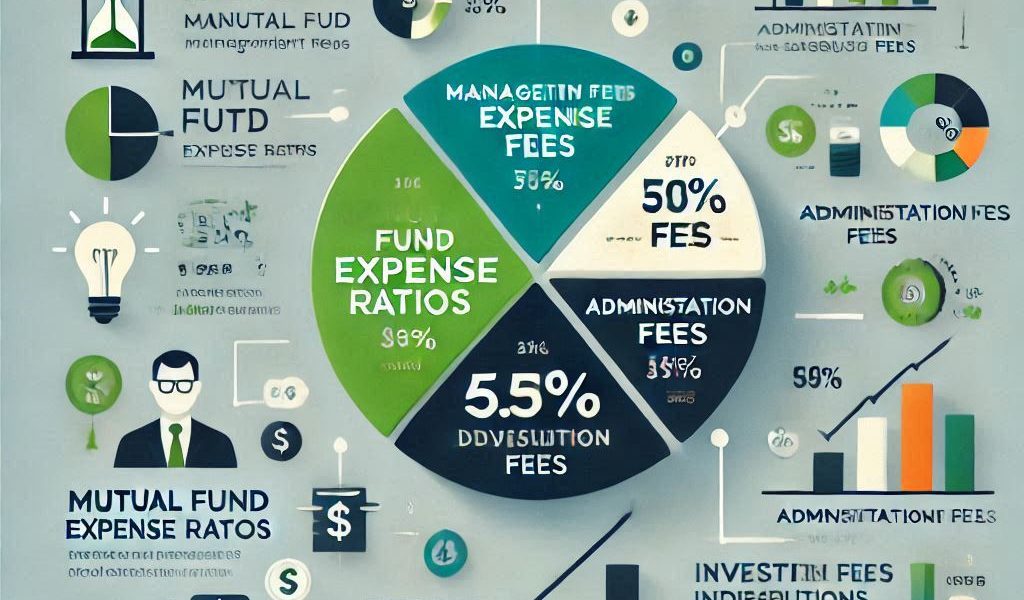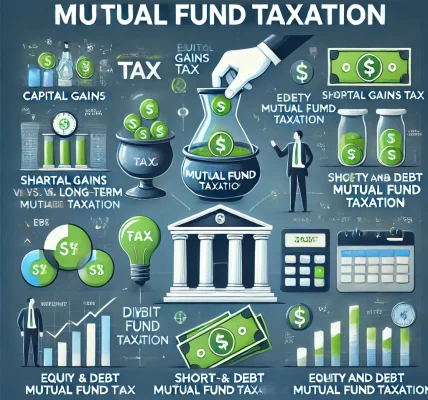In the world of mutual funds, one of the most important factors that often gets overlooked by investors is the expense ratio. But understanding what it is, how it works, and how it impacts your returns can help you make better investment decisions.
What is an Expense Ratio?
The expense ratio is the annual fee that a mutual fund charges its investors to cover the fund’s operating expenses. These expenses include management fees, administrative costs, and other operational charges. It is usually expressed as a percentage of the fund’s total assets under management (AUM).
For example, if a mutual fund has an expense ratio of 1%, you will pay 1% of your total investment value every year as fees. So, if you have invested ₹10,00,000 in a fund, an annual fee of ₹10,000 will be deducted.
Components of an Expense Ratio
- Management Fees: These are the fees paid to the fund manager for making investment decisions.
- Administrative Costs: This includes the costs of maintaining the fund, such as customer service, marketing, and the like.
- Distribution Fees: Some funds charge a fee to compensate brokers and financial advisors who sell the fund.
How Do Expense Ratios Affect Your Investment?
- Long-Term Impact on Returns
A higher expense ratio can significantly affect your long-term returns. Even small differences in expense ratios can add up over time. For instance, a fund with a 1.5% expense ratio will give you lower returns compared to a similar fund with an expense ratio of 0.5%. Over years, this compounding effect can lead to a big difference in the final value of your investment. - The “Silent Killer” of Returns
Expense ratios may seem like a small percentage, but they can erode your returns in the long run. A higher expense ratio reduces the overall returns that you can earn from the mutual fund, which could impact your investment goals. This is why it’s important to compare the expense ratios of different funds before investing. - Impact on Risk-Return Profile
Typically, actively managed funds tend to have higher expense ratios than passively managed funds. This is because actively managed funds require more research and decision-making. On the other hand, index funds and exchange-traded funds (ETFs), which are passively managed, usually have lower expense ratios. It’s essential to weigh whether the additional cost of an actively managed fund is justified by its performance.
How to Minimize the Impact of Expense Ratios
- Choose Low-Cost Funds
One way to keep costs in check is to invest in funds with lower expense ratios. Index funds and ETFs are often a good choice for cost-conscious investors. They typically have much lower fees than actively managed funds. - Focus on Performance Over Fees
While low expense ratios are important, don’t choose a fund solely based on its fee. It’s equally important to consider the fund’s historical performance, investment strategy, and your investment goals. Sometimes, the potential for higher returns from an actively managed fund justifies a higher expense ratio. - Look for Hidden Fees
Some funds may have additional fees, like exit loads or transaction fees. Always read the fund’s prospectus to understand the full cost structure.
Conclusion
While expense ratios may seem like a minor consideration, they have a significant impact on your mutual fund investments over time. Understanding how they work can help you make more informed choices, ultimately maximizing your returns. By comparing different funds, focusing on low-cost options, and understanding your long-term financial goals, you can optimize your mutual fund investments.




